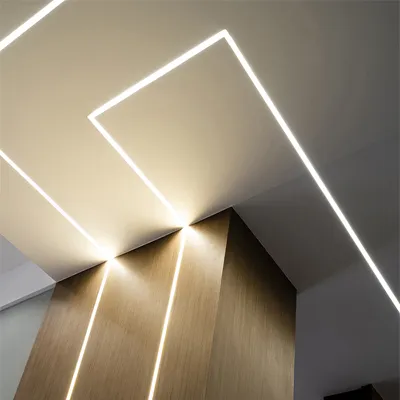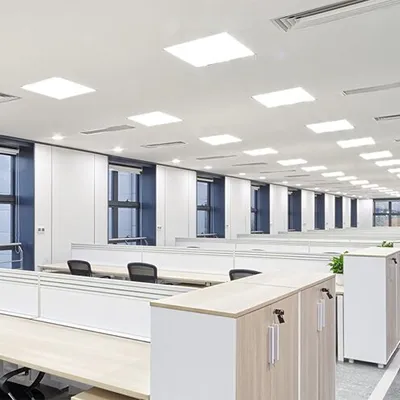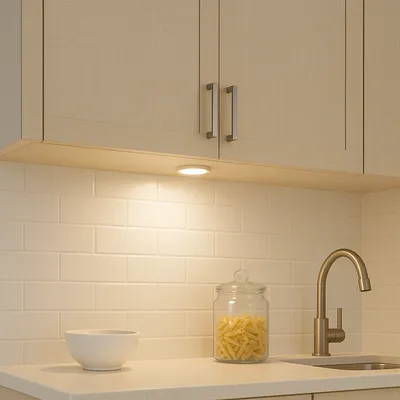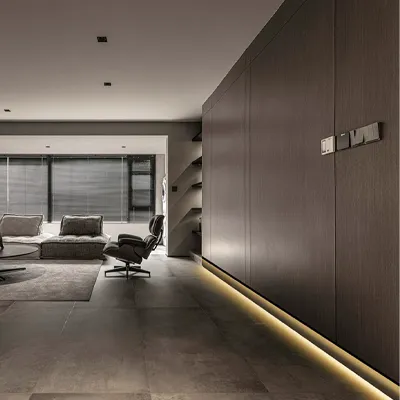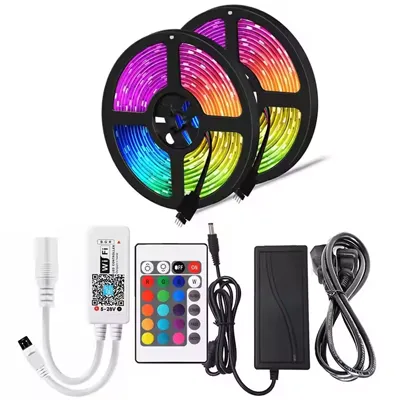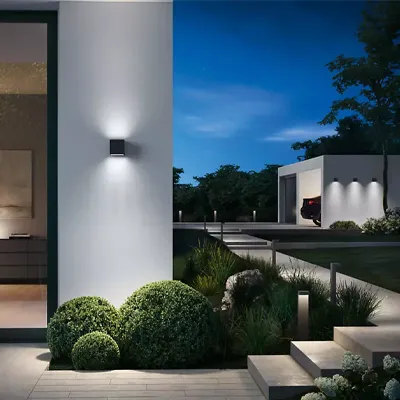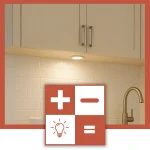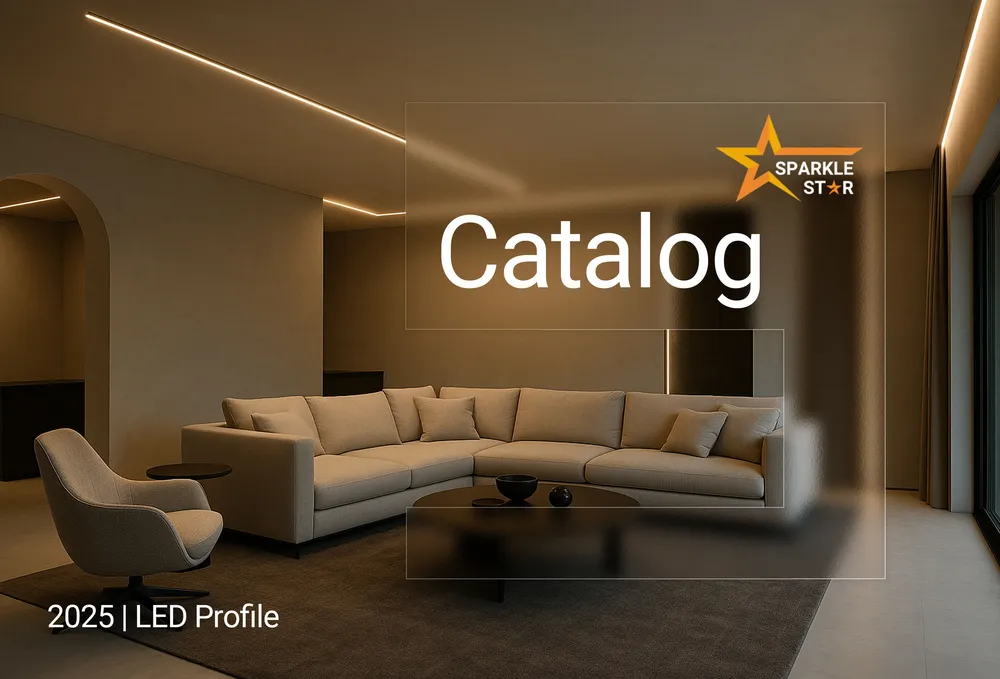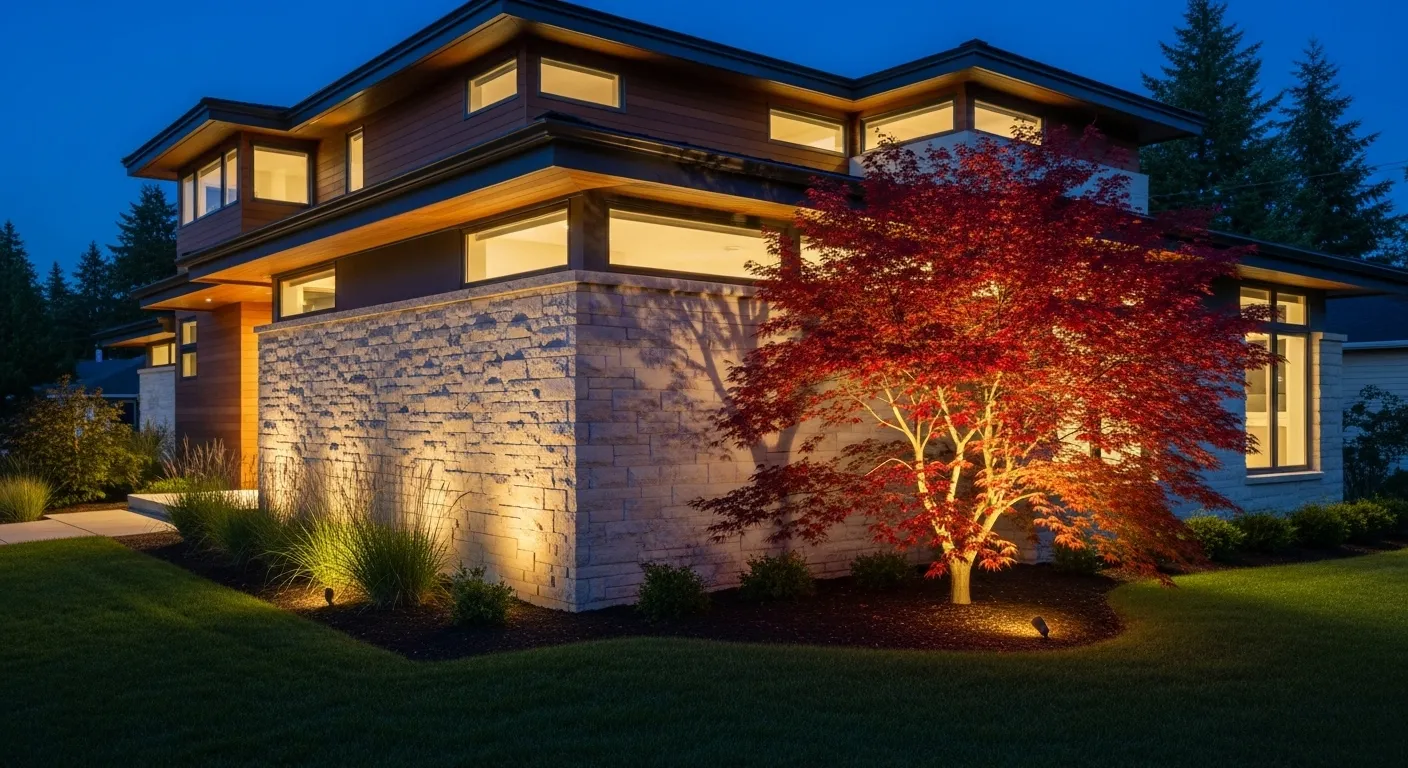
Shopping for lights can feel like a technical test, especially when you see the words "floodlight" and "spotlight." They sound similar, but choosing the wrong one means the difference between beautifully highlighting a garden tree or accidentally floodlighting your neighbor’s bedroom. The secret isn't about the bulb itself, but the optics that shape the light. The fundamental floodlight vs spotlight distinction comes down to this: one is designed to paint with a broad brush, the other with a fine-point pen. This guide will show you how to master both.
Spotlights Have Narrow Beams
A spotlight is defined by its ability to produce a tightly controlled, narrow beam of light. While there is no universal standard, a beam angle of 45 degrees or less is generally classified as a spotlight. Many high-precision spotlights used for accenting feature even narrower beams, often below 25 degrees.
This concentration of light results in high intensity and gives the luminaire excellent "throw"—the ability to project usable, focused light over a significant distance. This is why a relatively low-wattage spotlight can effectively illuminate the top of a tall tree or a specific architectural detail from the ground. Modern, high-performance spotlights achieve this precision not with simple reflectors, but with advanced Total Internal Reflection (TIR) optical lenses, which capture and direct nearly every photon from the LED source with minimal spill.
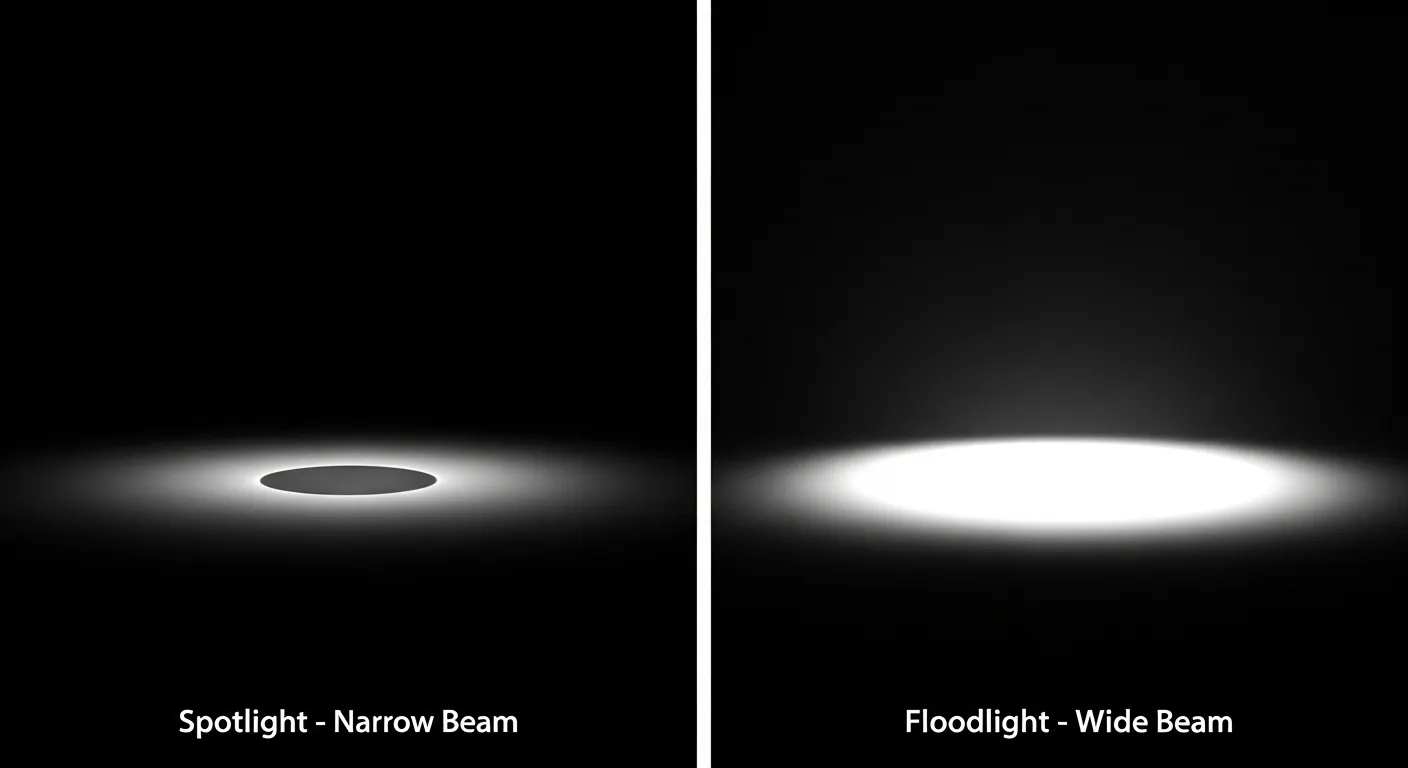
Floodlights Have Wide Beams
In contrast, a floodlight is engineered for maximum coverage. Its beam angle is characteristically wide, typically starting at 45 degrees and often extending to 120 degrees or more. Instead of projecting light over a long distance, a floodlight spreads its output horizontally and vertically to illuminate a large area.
This wide distribution provides excellent "coverage," making it the ideal tool for washing entire surfaces with a uniform layer of light. The optics in a floodlight are designed to diffuse the light source, which is why they commonly utilize highly efficient, engineered reflectors to create a broad, soft-edged, and even field of illumination. The goal is not to pinpoint, but to blanket an area in light.
Comparing Floodlights and Spotlights
The functional differences between these two lighting approaches can be summarized in a direct, head-to-head comparison.
Feature | Spotlight | Floodlight |
|---|---|---|
Primary Function | Accent, Highlight, Pinpoint | Cover, Wash, General Illumination |
Beam Angle | Narrow (< 45°) | Wide (> 45°) |
Light Quality | Focused, High-Intensity, Hard-Edged Beam | Diffused, Uniform, Soft-Edged Beam |
Key Capability | Throw (Long-distance projection) | Coverage (Broad area illumination) |
Typical Optical System | Total Internal Reflection (TIR) Lenses | Engineered Reflectors |
Common Product Forms | Track Heads, Landscape Uplights, PAR Bulbs, Pin Spots | Area Lights, Wall Washers, BR Bulbs, Security Fixtures |
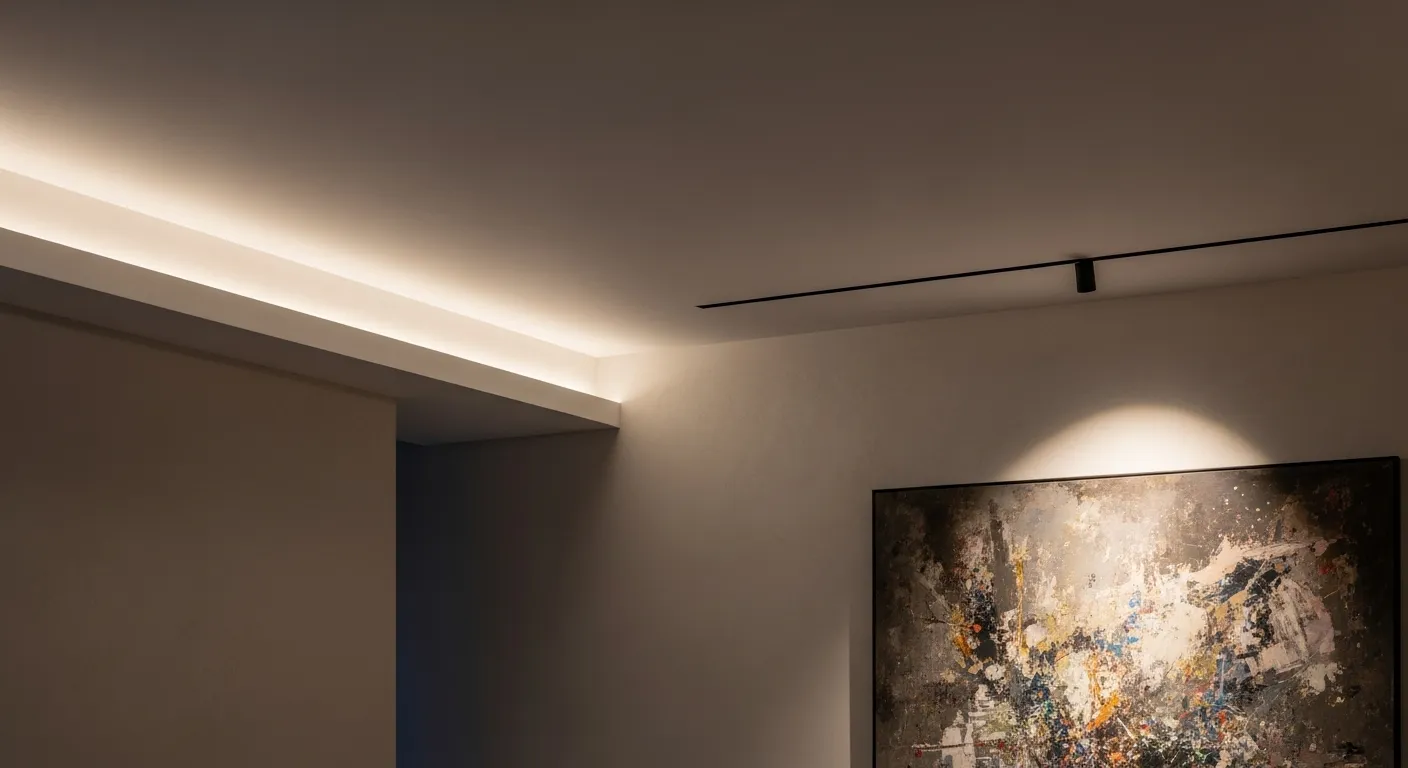
Throw vs. Coverage: The Physics of Light
A common point of confusion is how a lower-lumen spotlight can appear "brighter" on a distant object than a higher-lumen floodlight. This is explained by the fundamental physics of light distribution, specifically the trade-off between throw and coverage.
Think of a luminaire's total light output (lumens) as a fixed amount of water. A spotlight acts like a high-pressure nozzle, concentrating that entire volume of water into a powerful, narrow jet. This gives it exceptional throw, allowing it to travel a long distance and hit a small target with great force.
A floodlight, conversely, acts like a sprinkler head. It distributes the same amount of water over a wide area. While its coverage is vast, the force of the water at any single point is much lower.
This is why a 1000-lumen spotlight can brilliantly illuminate a treetop 50 feet away, while a 1500-lumen floodlight at the same distance might only produce a faint, barely noticeable glow on that same treetop. The floodlight's energy has been spread out over a much larger area, resulting in lower intensity at the target. Understanding this principle is key to selecting the right tool for your distance and area requirements.
A Note for Professionals: NEMA Beam Types
For large-scale outdoor and commercial projects, specifying a luminaire simply by "beam angle" is often insufficient. In these applications, professionals use the NEMA (National Electrical Manufacturers Association) beam spread classification. This system (e.g., NEMA 3x3 or NEMA 5x7) provides a more precise, standardized description of the light's horizontal and vertical distribution based on its 10% intensity field angle, ensuring accurate performance for applications like facade lighting and sports fields.
Common Floodlight and Spotlight Applications
The true value of understanding the floodlight vs. spotlight distinction comes from applying it to real-world projects. The most effective lighting designs rarely use one type exclusively; instead, they layer both to create scenes that are functional, beautiful, and safe.
Outdoor and Landscape Lighting
This is where the difference between the two is most apparent and critical.
- Floodlight Uses: For broad-area safety and security, floodlights are essential. They illuminate driveways, patios, and yards, eliminating dark hiding spots. A key technique for architectural lighting is Wall Washing, where wide-beam floodlights are used to cast a smooth, even layer of light across a home's facade, making the structure appear clean and prominent.
- Spotlight Uses: Spotlights are the primary tool for creating drama and visual interest in a landscape. The Uplighting technique, where a spotlight is aimed up at a tree or architectural column, highlights its form and texture. For surfaces with rich material quality like stone or brick, the Grazing technique is used. This involves placing a narrow-beam spotlight very close to the wall to create long, sharp shadows that reveal deep texture. To see a range of fixtures suitable for these techniques, browse our Outdoor Lighting collection.
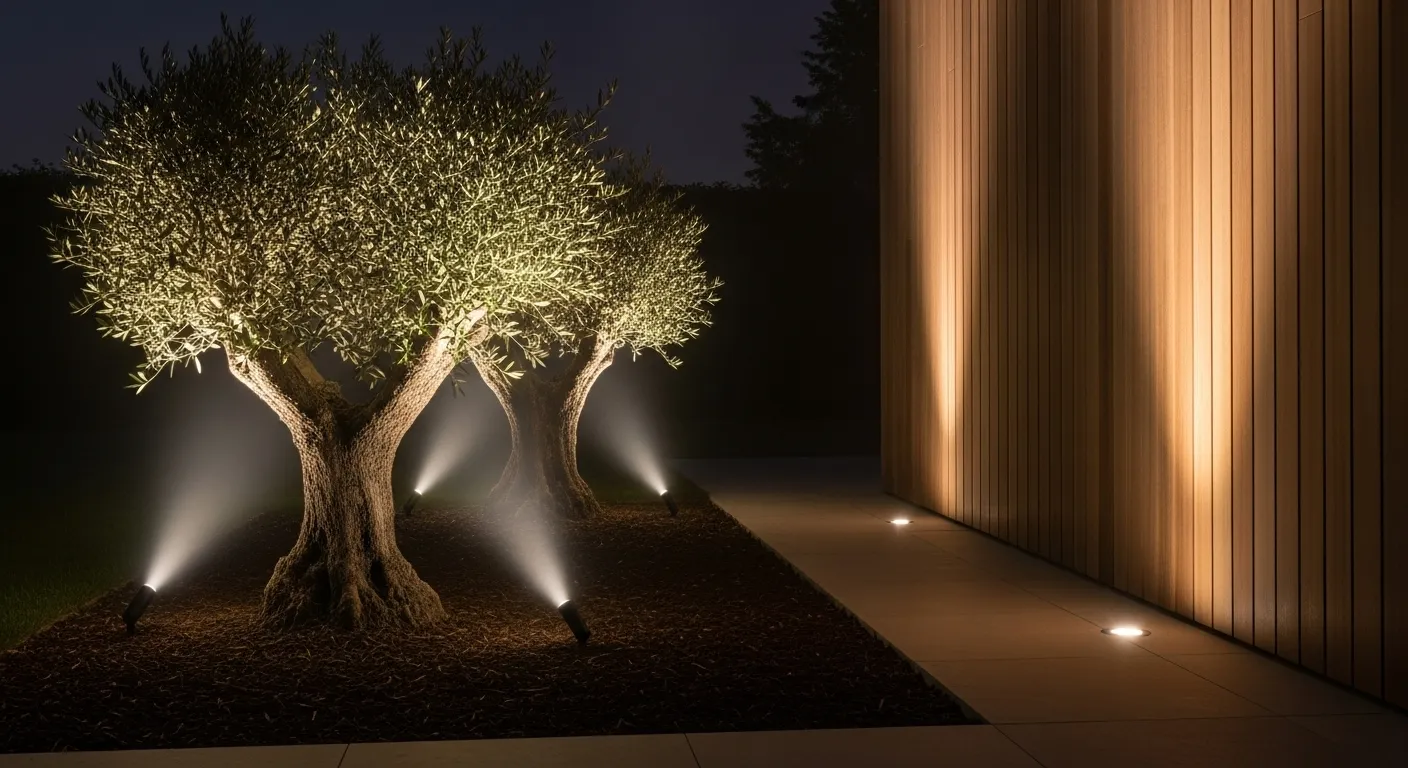
Indoor Lighting
Inside the home, the same principles of layering apply to create comfortable and functional spaces.
- Living Rooms & Bedrooms: The foundation of lighting in these rooms is soft, ambient light. This is a floodlight's job, often accomplished with BR-style bulbs in recessed cans that provide a general, low-glare wash of illumination. Spotlights are then layered on top to create focal points, such as highlighting a piece of art, a fireplace, or a reading nook.
- Kitchens: A well-lit kitchen requires a combination of both. Use recessed downlights with a flood distribution for overall ambient light. Then, deploy spotlights—often in the form of adjustable heads on a track lighting system—to deliver bright, focused task lighting directly onto countertops and islands, ensuring food preparation areas are free of shadows.
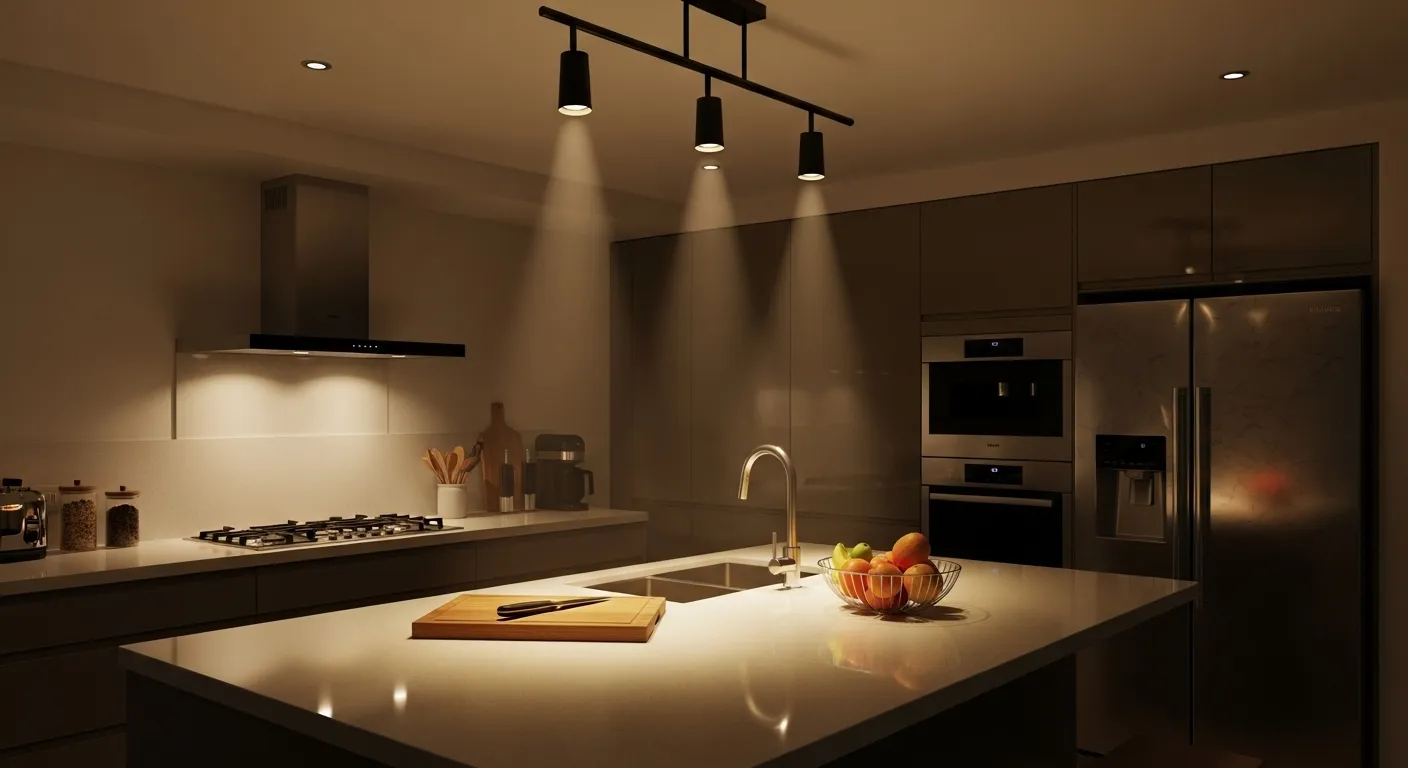
Commercial and Retail Lighting
In a commercial setting, light is a powerful tool to guide behavior and enhance sales.
- Creating Focal Points: The key to effective retail merchandising is using spotlights to create a visual hierarchy. To draw a customer's eye, accent lighting on a product display should be 3 to 10 times brighter than the surrounding ambient light. This contrast is most effectively achieved with high-CRI spotlights from a flexible Track Lighting System.
- Making Spaces Feel Larger: To make a retail space or office feel more open and inviting, designers use floodlight techniques like wall washing. By illuminating vertical surfaces with continuous fixtures like our Linear Lights and LED Profiles, the perceived boundaries of the room expand, creating a brighter and more pleasant environment.

Other Things to Know
While beam angle is the primary differentiator, a few other metrics influence the final quality of the light.
Brightness (Lumens)
Lumens (lm) measure the total amount of light a bulb produces. A higher lumen count means a brighter light. However, a lower-lumen spotlight can appear brighter on a target than a higher-lumen floodlight due to its focused intensity. Consider both the lumen output and the beam angle to match the bulb's power to your specific application.
Color (CCT and CRI)
- CCT (Correlated Color Temperature): Measured in Kelvin (K), CCT describes the color appearance of the light itself. Lower values like 2700K or 3000K produce a warm, amber-like light, often used in homes. Higher values like 4000K or 5000K create a neutral, white light suitable for work environments.
- CRI (Color Rendering Index): This metric, on a scale to 100, indicates how accurately a light source shows the true colors of an object. A low-CRI light can make fresh produce look pale or skin tones appear washed out. For most indoor applications, particularly in retail or kitchens, a CRI of 90 or higher ensures that colors appear vibrant and natural.
In professional settings like art galleries or textile showrooms, specifications may go further. An additional metric, the R9 value, measures the light's ability to render saturated red. A low R9 value can make woods, textiles, and even people's faces look dull and lifeless, as red is a foundational color in many natural materials.
Conclusion
The question was never truly "floodlight vs. spotlight." The real mark of professional work is knowing how to use them together.
Floodlights create the foundation, washing a space in comfortable, uniform light. Spotlights then provide the punctuation, carving out specific details, creating focal points, and guiding the eye. One provides the canvas; the other directs the story. This combination is what separates simple illumination from intentional lighting design.
To build your own professional lighting scheme, explore our curated collections of Track Lighting for accent work, Linear Systems for wall washing, and durable Outdoor fixtures. Our lighting specialists are also available for project-specific consultations.
Frequently Asked Questions
1. For home security, should I use a floodlight or a spotlight?
For broad area monitoring, like a backyard, a motion-activated floodlight provides maximum visibility and deterrence. For targeted zones, like a specific entryway or a dark side path, a spotlight is more effective as its sudden, focused beam is highly startling to an intruder without causing widespread light pollution.
2. What is better for an off-road vehicle, a spot or flood beam?
Most experienced drivers use a combination. A spot beam light bar is used for long-distance visibility down a dark trail. Flood beam pods are mounted on the sides (A-pillars) or as work lights to illuminate the immediate periphery and wide corners.
3. Are there any disadvantages to modern LED floodlights?
While overwhelmingly superior to older technologies, the primary considerations for LED are initial cost and quality variation. A higher upfront investment is required for a well-engineered fixture with proper heat dissipation. Lower-quality units can suffer from premature failure, color shifting, or flickering due to inadequate drivers or thermal management.


